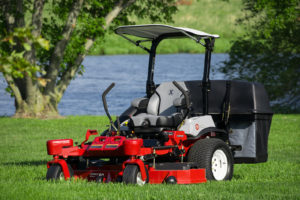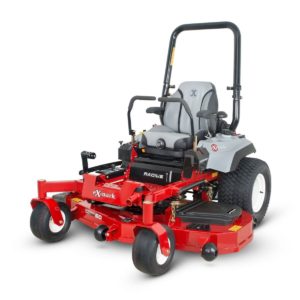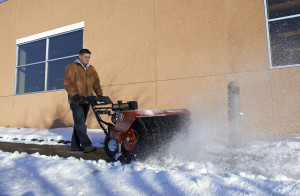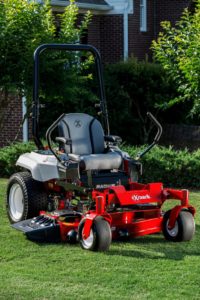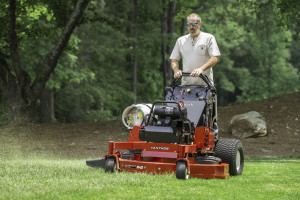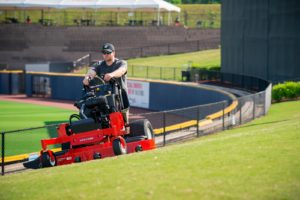For most landscape professionals, December and January are slow months. If you live in one of those cold weather states, the good news is you have plenty of time before mowing season hits. Use it to plan for growth in 2018.
Advertising and Marketing
You already know to contact clients about renewing their contracts for the next season. When you do so, take the time to request their feedback on services provided. Ask them to leave reviews on your Facebook, Yelp and other social media pages. (Don’t have Yelp or Facebook pages? Take the time to get them set up.) And consider rewarding customers who send referrals your way with a discount on services.
While you’re thinking about deals, are there service add-ons that you can get clients to sign up for, like twice yearly aerating or over seeding? Think of it as the equivalent of “Would you like fries with that?” – not everyone will sign on, but a percentage of your customers might not know that you offer additional services.
No one likes a price increase, and everyone likes a bargain. If you’re raising your rates, consider having a tiered system, where people who renew contracts by a certain date get a smaller increase than if they waited until just before the season starts. That way, you reward your loyal customers.
Staffing
Get your staff lined up well before mowing season. Whether you rehire last season’s operators or need to look for new staff, doing it early will give you a much better idea of how much work you can complete in a given week. If your marketing efforts bring returns, then you’ll have time to line up additional help before mowing season swings into high gear. This will mean less time in the office interviewing when you and your crew could be out earning money.
Maintenance
Take the time to check all your equipment maintenance logs from last year. Were any maintenance tasks missed? You should also create a schedule that will allow you to complete spring maintenance on all your mowers before the start of mowing season. If you need to take mowers in for repairs, winter is an ideal time, as your repair shop may be slow and willing to offer deals.
Equipment Upgrades
While reviewing and completing maintenance, consider whether it’s time to replace any of your mowers and other lawn care equipment. And look over your book of business for the coming year: Does it look like you’ll need additional mowers? You should also consider whether trading in a mower and buying a larger or faster model would allow you to take on more work. You should also consider if mower leasing is a better option for your business than purchasing outright.
Business Plan
It’s also the right time to think about how to expand your business later into the fall (or even into the winter). Leaf and snow removal are good options if you don’t already offer them, but what about tree pruning or outdoor winterizing? Think broadly: There’s no reason you can’t expand to other outdoor chores if there’s a market for it in your area. Consider creating an online survey for your clients, polling them on what additional services they’d be interested in.
Taking the time to plan now, when your business is slowest, will position you for greater success in 2018. Partner with your local Exmark dealer on any equipment needs, and you’ll deliver an exceptional quality of cut that will keep customers rebooking, year after year.

